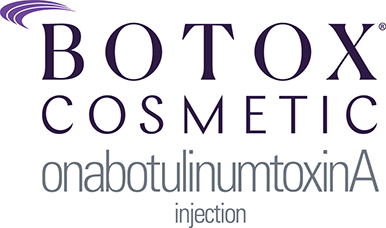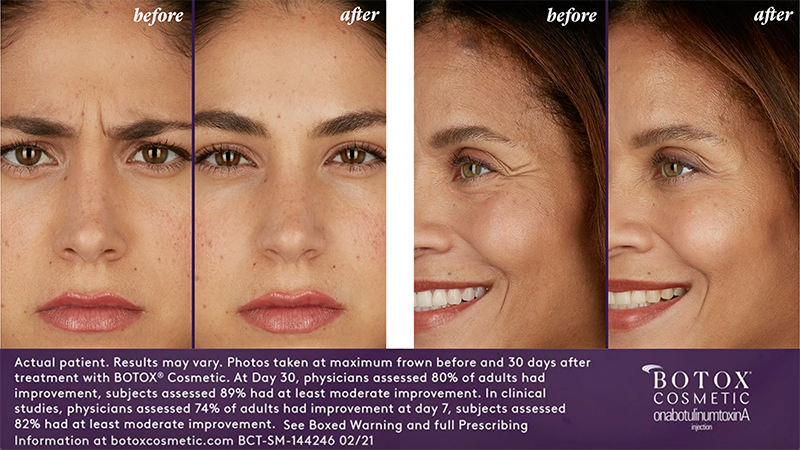

What is Botox Injection?
Botox injection or Botulinum toxin injection is most commonly known for its successful use in cosmetic therapies.
Initially, Botox was approved to treat strabismus (crossed eyes), blepharospasm (spasm of the eyelids), and cervical dystonia (muscle contractions in the neck). Added to the list of indications is FDA approval for relaxing frown lines in the glabella area between the eyes on the forehead.
Botox injections reduce facial lines and wrinkles formed from the aging process and by hyper-functional muscles. It can also be used to treat excessive sweating.
Botox is a purified protein toxin produced by the Clostridium botulinum bacteria. Although Botox is a toxin, there have been no serious side effects reported. This is because it is used in extremely small amounts for medical treatments and does not spread throughout the body.
Procedure of Botox Injection
The area to be injected is cleaned thoroughly. A topical anesthetic cream is applied and the Botox material is injected into the area with a fine needle.
When Botox is injected into a muscle, it blocks the conduction of nerve impulses to that area and as a result, the muscle weakens. As the muscle weakens, the skin overlying the muscle relaxes and the wrinkles in the skin gradually soften and often disappear.
The conditions which are contraindicated for the use of Botox injections include:
- Pregnancy and breastfeeding
- Previous history of reaction to the toxin
- Neurological diseases ( myasthenia gravis, Eaton-Lambert syndrome, neuropathies)
- Age -below 12 years
- Infection or inflammation at the injection site
- Use of certain medications such as aminoglycoside antibiotics (may increase the effect of botulinum toxin), chloroquine and hydroxychloroquine (may reduce effect), and blood-thinning agents, warfarin or aspirin (may result in bruising)
Adverse Effects of Botox
Although Botox is well accepted, it is associated with certain adverse effects such as redness, bruising, infection, and pain at the injection site.
Dizziness, difficulty in swallowing, headache, and muscle weakness may also occur when this medication is injected into muscles. Double vision, drooping or swollen eyelid, dry eyes, reduced blinking, and increased sensitivity to light may also occur.
